Buy this painting Damrak Amsterdam Netherlands by Hendrik-Jan Kornelis as a reproduction on canvas, ArtFrame, poster and wallpaper, printed on demand in high quality.
About "Damrak Amsterdam Netherlands"
by Hendrik-Jan Kornelis
About the artwork
Originally, the Damrak was the name of the straight stretch (A 'rak' is a straight stretch of canal) of the Amstel River between the Plaetse (until the early 17th century the name of the current Dam) and the IJ. Via a lock at the Plaetse, the water flowed from the Rokin into the Damrak and then emptied into the IJ. Here was part of Amsterdam's old harbour. Where Central Station is now, there was a row of mooring posts in the IJ, where larger ships could moor. The quay, which runs along one side of the water only, was called "Op 't Water" until the southern parts of the Damrak, between Dam and Oudebrugsteeg, were filled in in 1845 and in 1883. Between 1845 and 1903, Zocher's Stock Exchange stood on the site, where the Bijenkorf now stands.
The houses on Warmoesstraat between Nieuwebrugsteeg and Oudebrugsteeg still stand with their rear façades in the undammed part of Damrak. Near Guldehandsteeg, which connects the water to Warmoesstraat, this row of gables still contains the only remaining waterfront pavement, where ships were unloaded. In this remaining part of the water (the "Wet Damrak") tour boats moor.
Two bridges over the Damrak, the Papenbrug (near the Oude Kerk) and the Oude Brug, disappeared when they were filled in (the Papenbrugsteeg and Oudebrugsteeg still remind us of them). The Nieuwe Brug (bridge no. 303) lies where the Prins Hendrikkade crosses the Damrak. A lock, the Nieuwe Brugsluis, is also located here.

About Hendrik-Jan Kornelis
As a child, there was already a predilection for visual art. As a technician, I was always creative in products, services and working methods. In later years, more time was taken for my art (photography) passion... Read more…
 Germany
Germany Ordered in February 2020
Ordered in February 2020
 Germany
Germany Ordered in February 2022
Ordered in February 2022
 Netherlands
Netherlands Ordered in May 2020
Ordered in May 2020
 Germany
Germany Ordered in June 2023
Ordered in June 2023
 Germany
Germany Ordered in March 2020
Ordered in March 2020
 Germany
Germany Ordered in December 2024
Ordered in December 2024
 Netherlands
Netherlands Ordered in April 2021
Ordered in April 2021
 Netherlands
Netherlands Ordered in May 2020
Ordered in May 2020
 Netherlands
Netherlands Ordered in November 2019
Ordered in November 2019
 Netherlands
Netherlands Ordered in March 2022
Ordered in March 2022
 Germany
Germany Ordered in December 2019
Ordered in December 2019
 Germany
Germany Ordered in April 2025
Ordered in April 2025
About the material
ArtFrame™
Interchangeable Art Prints
- High-quality print
- Easily interchangeable
- Acoustic function
- Large sizes available
Discover the artworks of Hendrik-Jan Kornelis
 Prinsengracht 322 AmsterdamHendrik-Jan Kornelis
Prinsengracht 322 AmsterdamHendrik-Jan Kornelis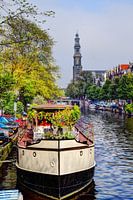 Westerkerk Amsterdam with boatHendrik-Jan Kornelis
Westerkerk Amsterdam with boatHendrik-Jan Kornelis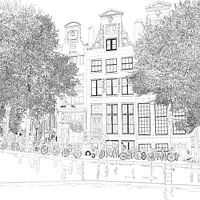 Pen Drawing Herengracht 392 Amsterdam SquareHendrik-Jan Kornelis
Pen Drawing Herengracht 392 Amsterdam SquareHendrik-Jan Kornelis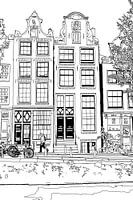 Drawing Brouwersgracht 48 AmsterdamHendrik-Jan Kornelis
Drawing Brouwersgracht 48 AmsterdamHendrik-Jan Kornelis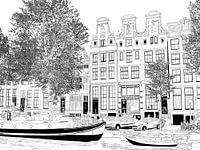 Drawing Herengracht 51-65 AmsterdamHendrik-Jan Kornelis
Drawing Herengracht 51-65 AmsterdamHendrik-Jan Kornelis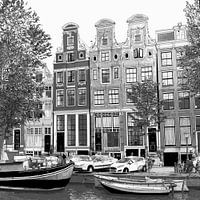 Watercolor Drawing Herengracht 51-65 AmsterdamHendrik-Jan Kornelis
Watercolor Drawing Herengracht 51-65 AmsterdamHendrik-Jan Kornelis Panorama Leidsegracht / Keizersgracht AmsterdamHendrik-Jan Kornelis
Panorama Leidsegracht / Keizersgracht AmsterdamHendrik-Jan Kornelis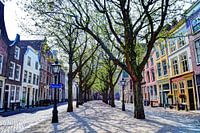 Hooglandse Kerkgracht Leiden The NetherlandsHendrik-Jan Kornelis
Hooglandse Kerkgracht Leiden The NetherlandsHendrik-Jan Kornelis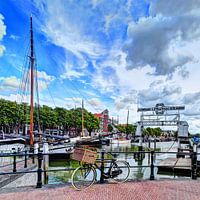 Nieuwe Haven Dordrecht NetherlandsHendrik-Jan Kornelis
Nieuwe Haven Dordrecht NetherlandsHendrik-Jan Kornelis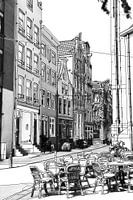 Noordermarkt Drawing AmsterdamHendrik-Jan Kornelis
Noordermarkt Drawing AmsterdamHendrik-Jan Kornelis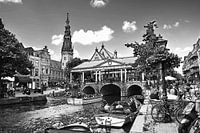 Drawing of City Hall and Kroonbrug Leiden NetherlandsHendrik-Jan Kornelis
Drawing of City Hall and Kroonbrug Leiden NetherlandsHendrik-Jan Kornelis Pen drawing Southern church Amsterdam KloveniersburgwalHendrik-Jan Kornelis
Pen drawing Southern church Amsterdam KloveniersburgwalHendrik-Jan Kornelis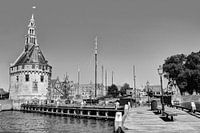 Hoorn Noord-Holland The Netherlands PortHendrik-Jan Kornelis
Hoorn Noord-Holland The Netherlands PortHendrik-Jan Kornelis Panorama Hoorn Oude Haven Kruittoren North Holland NetherlandsHendrik-Jan Kornelis
Panorama Hoorn Oude Haven Kruittoren North Holland NetherlandsHendrik-Jan Kornelis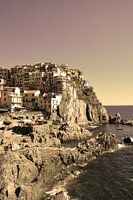 Cinque Terre Tuscany Italy OldHendrik-Jan Kornelis
Cinque Terre Tuscany Italy OldHendrik-Jan Kornelis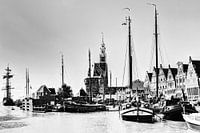 Hoorn Port North Holland Netherlands Black and WhiteHendrik-Jan Kornelis
Hoorn Port North Holland Netherlands Black and WhiteHendrik-Jan Kornelis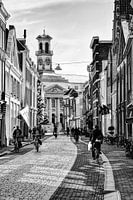 Town hall of Dordrecht Netherlands Black and WhiteHendrik-Jan Kornelis
Town hall of Dordrecht Netherlands Black and WhiteHendrik-Jan Kornelis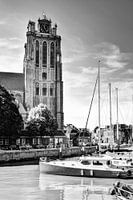 Our Lady Church in Dordrecht Netherlands Black and WhiteHendrik-Jan Kornelis
Our Lady Church in Dordrecht Netherlands Black and WhiteHendrik-Jan Kornelis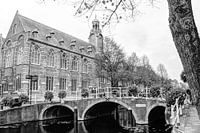 Nonnenbrug with Academy building Leiden Netherlands Black and whiteHendrik-Jan Kornelis
Nonnenbrug with Academy building Leiden Netherlands Black and whiteHendrik-Jan Kornelis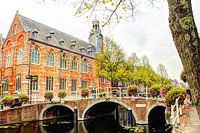 Nonnenbrug with Academy Building Leiden NetherlandsHendrik-Jan Kornelis
Nonnenbrug with Academy Building Leiden NetherlandsHendrik-Jan Kornelis
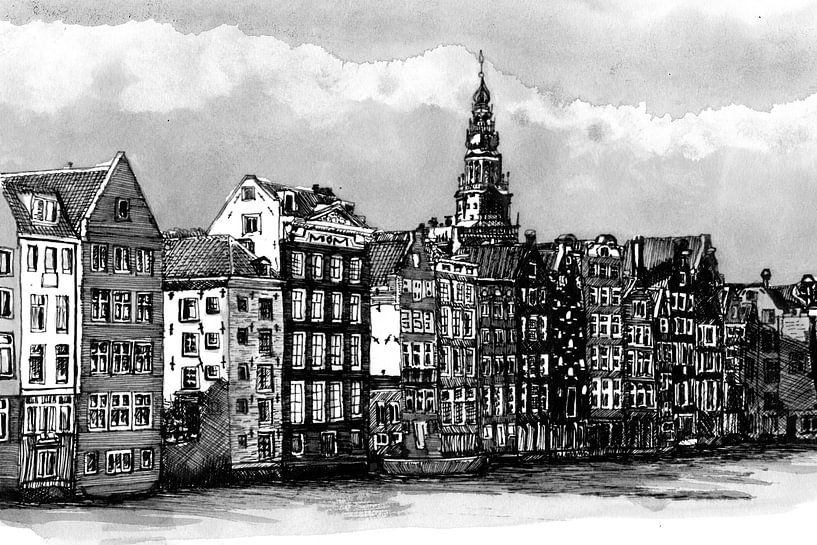


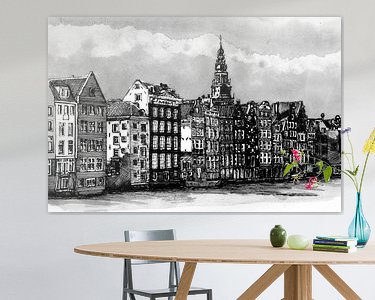


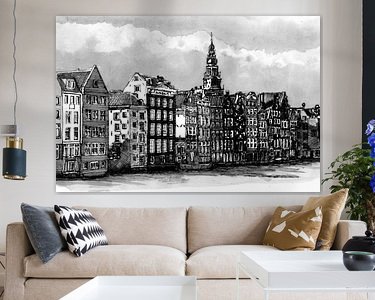

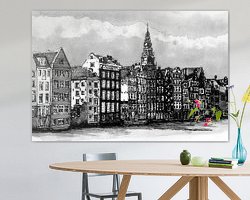

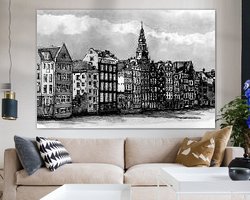

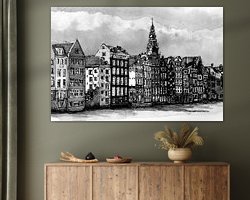
 Amsterdam
Amsterdam Architecture
Architecture Line drawings
Line drawings Nostalgic Memories
Nostalgic Memories Serene Peace
Serene Peace The Netherlands
The Netherlands Urban / Street
Urban / Street Urban landscapes
Urban landscapes Watercolour
Watercolour









